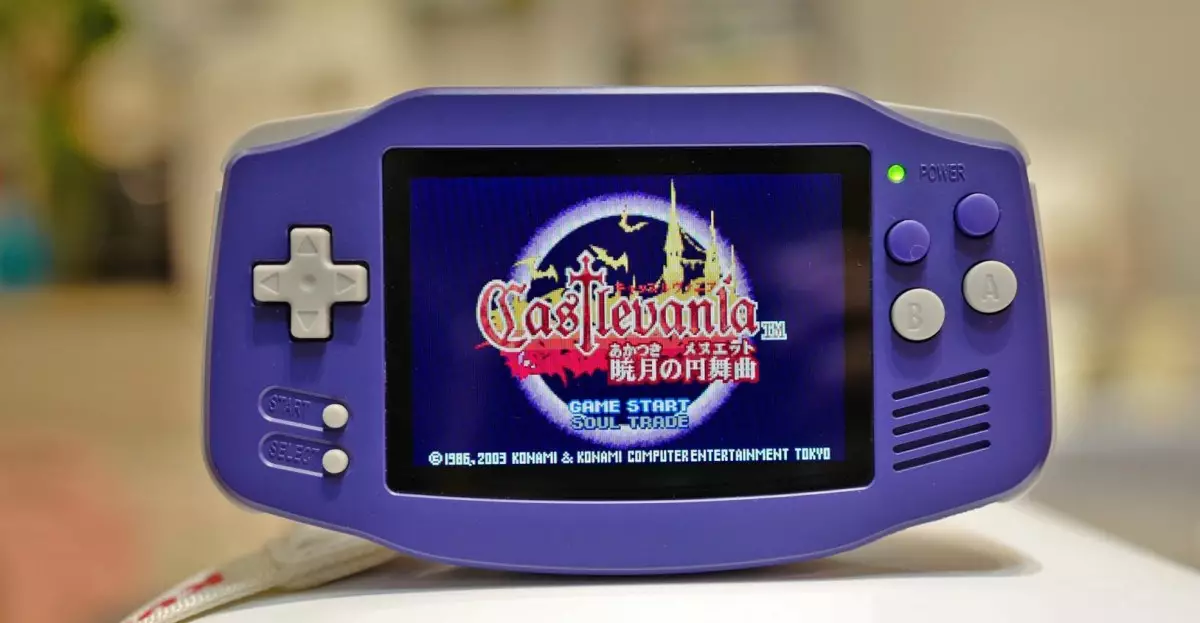The recent announcement regarding steep tariffs on Chinese goods, proposed by the former Trump administration, poses a significant threat to Anbernic, a manufacturer renowned for its affordable Game Boy alternatives. As a senior editor and veteran in the tech journalism space, Sean Hollister has shed light not just on the products Anbernic offers but also on the wider implications of U.S. trade policies on the gaming industry. This situation sheds light on the precarious nature of affordability in gaming and how governmental decisions can ripple through individual industries, affecting both consumers and companies alike.
Anbernic’s Operational Strategy: A Shift to U.S. Warehousing
Anbernic’s business model revolves around providing customers with gaming devices that echo the nostalgic charm of classic handheld consoles at an accessible price point, typically around $70. Historically, they provided an effective strategy by drop-shipping devices directly from China at launch, with additional inventory gradually stocked in U.S. warehouses to cut down shipping times. However, the looming tariffs have forced Anbernic to make a significant operational change: they are now recommending customers purchase from their U.S. warehouses, a move primarily aimed at avoiding the uncertainties brought on by vast import duties.
Interestingly, this recommendation isn’t a novel response to tariffs; the option to purchase from a U.S. warehouse had indeed existed prior. Yet, the current climate has pushed Anbernic to inform consumers more vocally about potential risks associated with direct imports from China. By communicating the tariff-related threats clearly, Anbernic aims to ensure consumer confidence while (perhaps) protecting their profit margins.
The Toll of Tariffs: How High Costs Could Cripple Affordable Gaming
The key issue emerging from this new tariff environment is the impact on retail prices. Anbernic’s products are distinguished by their low price point, leveraging the efficiencies of Chinese manufacturing and the appeal of retro gaming. The proposed 245 percent tariffs would effectively render these devices prohibitively expensive for most consumers, altering the financial landscape of retro gaming entirely.
This predicament raises larger questions about the sustainability of affordable gaming devices. The removal of the de minimis exemption for inexpensive goods means that consumers, already inclined to see value in low-cost alternatives, may soon find themselves without choices that accommodate their budgets. This could potentially pave the way for a more homogenized market dominated by high-priced options, thereby alienating the very consumers that Anbernic thrives on catering to.
The Human Impact: Embedded Nostalgia and Gaming Accessibility
Beyond just dollars and cents lies a deeper narrative: gaming accessibility and the preservation of nostalgia. Anbernic’s Game Boy clones allow a broader audience, including those unable or unwilling to pay premium prices for new gaming devices, to experience titles and memories from gaming’s past. This accessibility plays a vital role in sustaining the cultural identity linked with video games.
With the threat of tariffs on the horizon, the fallout could be more than a commercial matter; it could stifle the communal spirit of gaming. As retro gaming continues to flourish in popularity, isolates created around inflated prices could become a dividing line, fragmenting the gaming community based on economic status.
Finding Alternatives: What Does the Future Hold for Consumers?
As Anbernic suspends shipments from China and redirects customers to U.S. warehouses, the future of affordable gaming hangs precariously in the balance. Certainly, Anbernic handhelds are still accessible through platforms like Amazon, but these third-party sellers often come with their own sets of risks and questions regarding legality, particularly concerning the ROMs preloaded onto the devices.
With many Chinese manufacturers watching operations come to a halt, the budding anticipation surrounding the arrival of affordable gaming devices is torched by uncertainty. While there may be alternative suppliers or emerging competitors waiting in the wings, none have yet earned the level of trust or recognition that Anbernic commands.
In a rapidly evolving market shaped largely by external factors, the onus now lies not just on manufacturers but also on consumers. Consumers will need to weigh their options carefully, balancing the nostalgia and thrill of budget gaming against an environment increasingly hostile to low-cost alternatives. As this phase of uncertainty unfolds, the resilience of affordability in gaming may be tested like never before.

